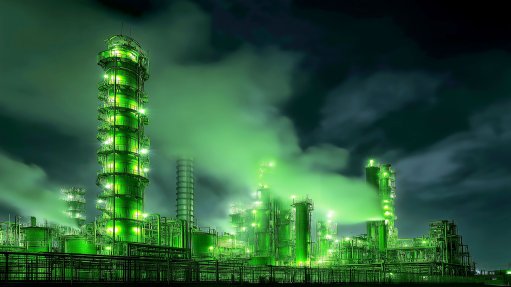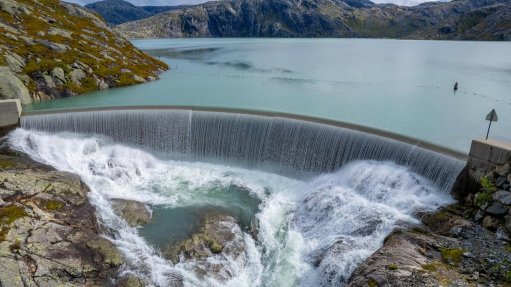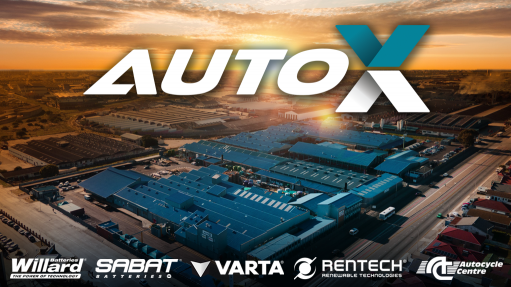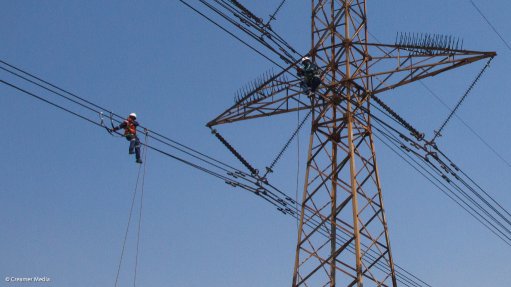Keeping On Pumping: Tips To Maintain Commercial and Industrial Pumps
This article has been supplied and will be available for a limited time only on this website.
A site may have the best pipes, valves, filters, and seals, but if the pumps stop working, everything else is just an expensive pile of equipment going nowhere. This advice is obvious, yet many operations fail to maintain their pumps properly, even though it doesn’t need to be costly or take up much time.
Pump management and maintenance ensure uptime and help manage costs. Energy use and maintenance typically account for about half of a pump's lifetime spend, and they are closely linked. A well-maintained pump runs more efficiently, uses less energy, and needs fewer costly interruptions.
Yet many sites cut corners by skipping maintenance or using cheap replacement parts, says Chetan Mistry, Xylem's Strategy and Marketing Manager for WSS.
“We’re often called in to fix pumps that have either been neglected or fitted with parts that just weren’t up to the job. Those shortcuts don’t only reduce efficiency. They can cause major failures, damaging components that would normally last for years. Overall, it costs the owner far more than if they had invested in proper maintenance upfront.”
A chain of failure
Pumps from reputable suppliers are designed to deliver efficient and reliable service. Components such as bearings and seals are considered wear parts which need to be periodically replaced. Parts such as couplings, impellers, pump casings, and motors will last for a long time but need to be inspected for wear and only need replacement if required.
However, there are conditions that can create a chain of failure across the pump. Worn bearings can cause vibrations and lead to further mechanical damage to the pump shaft, coupling and motor. A failed seal will allow for the ingress of water into the pump's motor chamber and cause motor failure.
Likewise, the wrong pump choice or improper installation costs more, works less, and doesn’t last as long. The pump is likely to break down much sooner than it should, use more electricity than necessary, or keep getting blocked and failing.
The consequences are higher running costs, more repairs, unexpected downtime, and service interruptions. In some cases, it can also create safety issues or damage the surrounding environment, such as flooding.
Tips to maintain pumps
Regular and consistent inspections help spot issues early, often before they become serious:
- Paying attention to what you can see and hear. Signs of corrosion, small leaks, unusual heat, higher-than-normal energy use, grinding noises, or odd vibrations. These are early warning signals that the pump needs attention – and catching them early can save both time and money.
- A pump needs to be the right fit for the job. Every site is different, ranging from high viscosity and pressures to abrasive and clogging materials such as sand or threads. Environmental factors impact longevity: pumps that run deep below the surface operate under harsh conditions with excessive dust, heat, and moisture, and the limited space makes regular maintenance difficult.
If a pump doesn't match its operating conditions, it will become unreliable, require more maintenance, and have a much shorter lifespan, says Mistry.
“Choosing the right pump for the right job makes all the difference in performance, reliability, and cost."
Good parts matter.
Most companies choose a quality pump from a trusted supplier because they know it will do the job. But then they undermine the investment and try to save money by using cheap parts or unqualified workshops.
That attempt to save money ends up costing more. Non-genuine parts wear out faster, and when they fail, the damage spreads to other components in the pump. What starts as a small issue—like a worn seal or clogged impeller—can snowball into a chain of failures and costly downtime.
By contrast, pumps maintained with genuine parts and serviced by trained technicians tend to run smoothly, only needing quick checks and occasional attention.
As Mistry puts it: “You don’t need a complicated or expensive maintenance plan to keep a pump going. These machines are built to last, as long as you respect them with the right parts and proper care.”
Article Enquiry
Email Article
Save Article
Feedback
To advertise email advertising@creamermedia.co.za or click here
Comments
Announcements
What's On
Subscribe to improve your user experience...
Option 1 (equivalent of R125 a month):
Receive a weekly copy of Creamer Media's Engineering News & Mining Weekly magazine
(print copy for those in South Africa and e-magazine for those outside of South Africa)
Receive daily email newsletters
Access to full search results
Access archive of magazine back copies
Access to Projects in Progress
Access to ONE Research Report of your choice in PDF format
Option 2 (equivalent of R375 a month):
All benefits from Option 1
PLUS
Access to Creamer Media's Research Channel Africa for ALL Research Reports, in PDF format, on various industrial and mining sectors
including Electricity; Water; Energy Transition; Hydrogen; Roads, Rail and Ports; Coal; Gold; Platinum; Battery Metals; etc.
Already a subscriber?
Forgotten your password?
Receive weekly copy of Creamer Media's Engineering News & Mining Weekly magazine (print copy for those in South Africa and e-magazine for those outside of South Africa)
➕
Recieve daily email newsletters
➕
Access to full search results
➕
Access archive of magazine back copies
➕
Access to Projects in Progress
➕
Access to ONE Research Report of your choice in PDF format
RESEARCH CHANNEL AFRICA
R4500 (equivalent of R375 a month)
SUBSCRIBEAll benefits from Option 1
➕
Access to Creamer Media's Research Channel Africa for ALL Research Reports on various industrial and mining sectors, in PDF format, including on:
Electricity
➕
Water
➕
Energy Transition
➕
Hydrogen
➕
Roads, Rail and Ports
➕
Coal
➕
Gold
➕
Platinum
➕
Battery Metals
➕
etc.
Receive all benefits from Option 1 or Option 2 delivered to numerous people at your company
➕
Multiple User names and Passwords for simultaneous log-ins
➕
Intranet integration access to all in your organisation





















